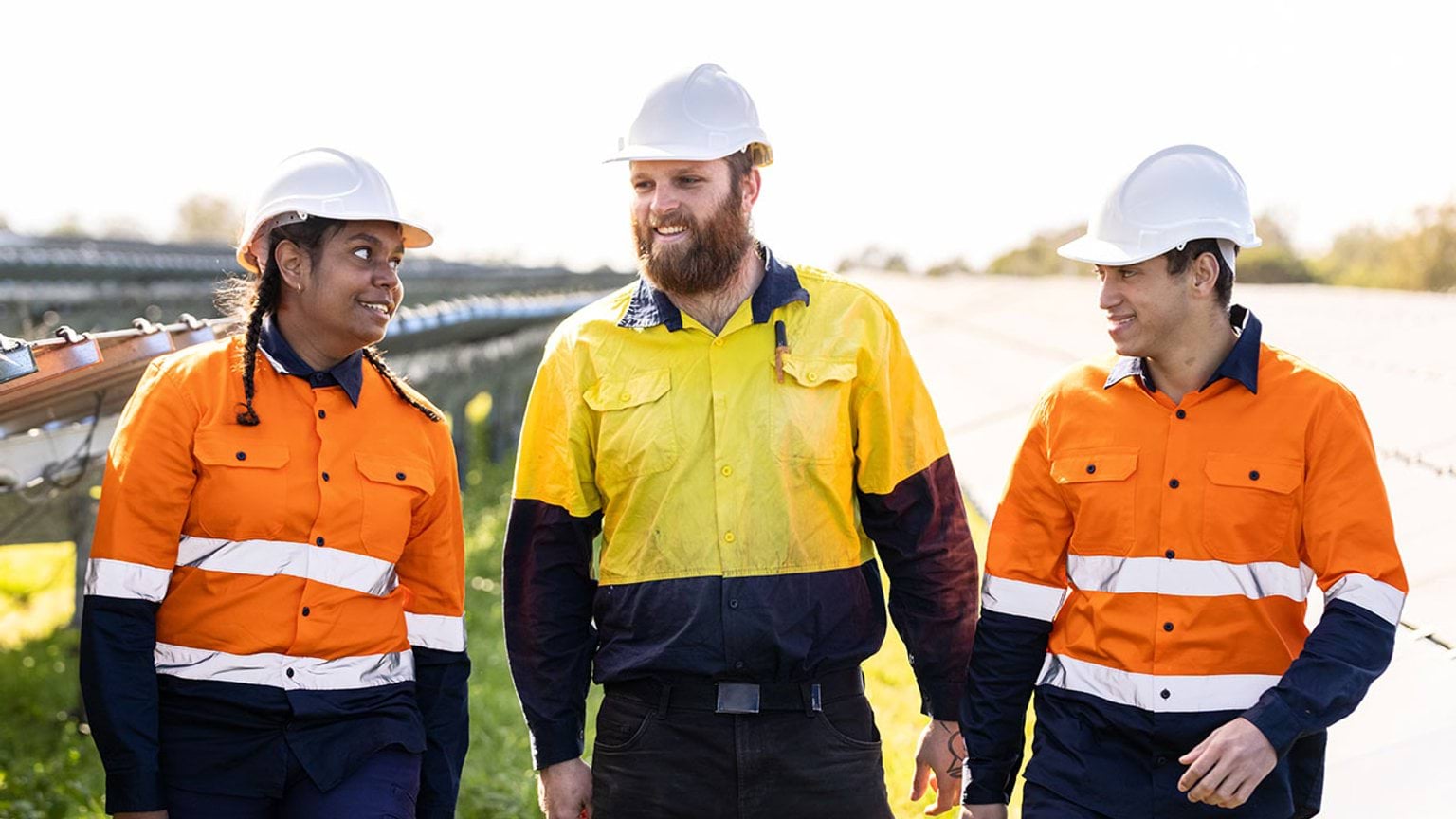Financial investment advisers create and implement financial plans. If you’re good with numbers and want to help individuals and businesses with their finances, this could be a role for you.
Find out what a financial investment adviser does and the related Vocational Education and Training (VET) courses and pathways you can take to secure a job.
What is a financial investment adviser?
Financial investment advisers work with individuals and businesses on their investment strategies.
You will advise clients on topics such as:
- economics
- insurance
- accounting
- real estate.
You may also manage investments for your clients. If you are good at systems thinking and have some market knowledge, this role might be for you.
Find out more about financial investment advisers(opens in a new window) and these related jobs on the Victorian Skills Gateway(opens in a new window):
- accountant(opens in a new window)
- accounts clerk(opens in a new window)
- bookkeeper(opens in a new window)
- finance broker(opens in a new window).
Related training courses
Explore these related TAFE and training courses on the Victorian Skills Gateway(opens in a new window):
- accounting(opens in a new window)
- bookkeeping(opens in a new window)
- business(opens in a new window)
- conveyancing(opens in a new window)
- financial investment(opens in a new window)
- legal practice(opens in a new window).
You may be eligible for government funding to help pay for your course.
Median salary
The median weekly earnings for financial investment advisers and managers in Australia is $2,320.
Source: Jobs and Skills Australia(opens in a new window)
Note this salary is current as of January 2025 and is indicative only. A range of salaries apply to different roles across the industry. Specific data is not available for financial investment advisers.
Job demand in Victoria
Below are the employment projections for financial investment advisers and managers jobs in Victoria. Figures show the number of workers in 2024 and the new workers expected to enter the workforce by 2027 and 2034.
‘New workers expected’ accounts for workers adding new jobs to the economy and replacing retirees over the next 3 and 10 years. These projections are estimates only. There will be additional jobs available as people move between jobs and industries.
Specific data is not available for financial investment advisers.
| Region | Workers 2024 | New workers expected by 2027 | New workers expected by 2034 |
|---|---|---|---|
| Victoria | 19,045 | 1,971 | 6,702 |
| Melbourne – inner metropolitan | 10,690 | 1,217 | 4,019 |
| Melbourne – inner south-east metropolitan | 2,121 | 174 | 596 |
| Melbourne – southern metropolitan | 1,140 | 98 | 349 |
| Melbourne – northern metropolitan | 726 | 79 | 288 |
| Melbourne – eastern metropolitan | 1,477 | 122 | 438 |
| Melbourne – western metropolitan | 778 | 102 | 350 |
| Ballarat and surrounds (Central Highlands) | 242 | 22 | 76 |
| Bendigo, Echuca and surrounds (Loddon Campaspe) | 347 | 22 | 127 |
| Geelong, Colac and surrounds (Barwon) | 646 | 68 | 236 |
| Gippsland | 310 | 34 | 92 |
| Horsham and surrounds (Wimmera Southern Mallee) | 45 | <10 | <10 |
| Mildura, Swan Hill and surrounds (Mallee) | 109 | <10 | 20 |
| Shepparton, Seymour and surrounds (Goulburn) | 132 | <10 | 39 |
| Wangaratta, Wodonga and surrounds (Ovens Murray) | 129 | 14 | 33 |
| Warrnambool, Hamilton and surrounds (Great South Coast) | 154 | <10 | 31 |
Source: Victorian Skills Authority Employment Projections Dashboard
Resources to plan your next steps
Visit our digital services, finance and IT industry profile to find out about:
- what it’s like to work in digital services, finance and IT, and some of the jobs you could do
- training and skills to work in the industry, and financial assistance to help pay for your course
- help getting a job in digital services, finance and IT, and industry job projections for Victoria
- other free resources and advice to plan your training and career.
Explore growing industries in your region
Updated



